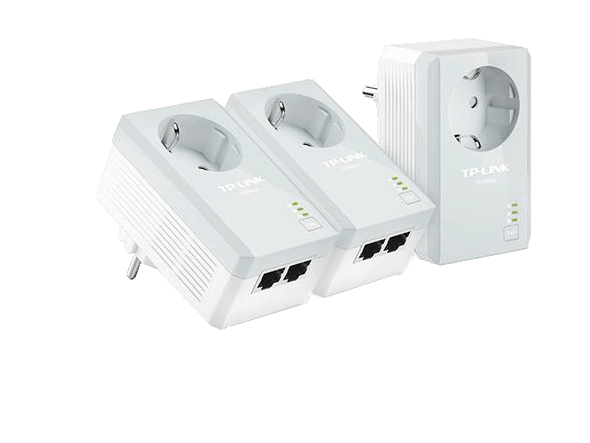Hello
I wanted to connect two devices, computer and TV, located within the same room, with a home main router that is in another room.
Firstly I had thought about :
option A) running two ethernet cables from a home main router to both the computer and the TV that are on the same room to achieve maximum bandwith at both devices. But then I wondered whether crosstalk problems might arise as a consequence of running two cat6 unshielded ethernet cables parallel within the same rectangular PVC Conduit Trunking.
An alternative I thought of would be as follows:
option B) installing an available old second router, working as a switch, or buying a new switch in case that was better than using the old second router as a switch. This second router/switch would be within the same room where both computer and TV are located. Then one single cable could be run from the main router to the second router/switch and then two etherhnet cables could be run from the second router/switch to each device: computer and TV.
Do you think there might be crosstalk problems in option A)?
Which option do you suggest?
Thanks in advance.
I wanted to connect two devices, computer and TV, located within the same room, with a home main router that is in another room.
Firstly I had thought about :
option A) running two ethernet cables from a home main router to both the computer and the TV that are on the same room to achieve maximum bandwith at both devices. But then I wondered whether crosstalk problems might arise as a consequence of running two cat6 unshielded ethernet cables parallel within the same rectangular PVC Conduit Trunking.
An alternative I thought of would be as follows:
option B) installing an available old second router, working as a switch, or buying a new switch in case that was better than using the old second router as a switch. This second router/switch would be within the same room where both computer and TV are located. Then one single cable could be run from the main router to the second router/switch and then two etherhnet cables could be run from the second router/switch to each device: computer and TV.
Do you think there might be crosstalk problems in option A)?
Which option do you suggest?
Thanks in advance.



